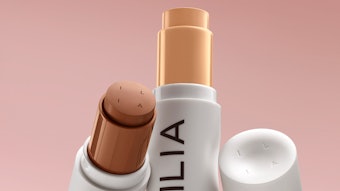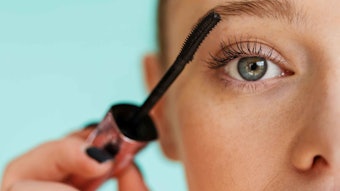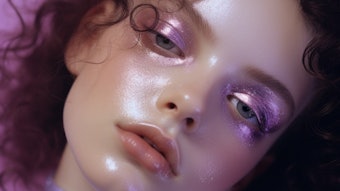Although a basic lipstick may look like an easy product to formulate, there are as many pitfalls and details that will affect the final product as there are with emulsions. This is not only true for lipsticks, but also for any anhydrous products that require a variety of materials to coincide and achieve homogeneity. Developing these products requires understanding the physical characteristics of the ingredients as well as the mechanical process required to manufacture the product. Two essential material characteristics to consider are the ingredient’s melting point and its solubility behavior.
Many anhydrous products are mixtures of oils, esters, fatty alcohols, waxes, preservatives, fragrances and various pigments.1 Combining these materials is a complex undertaking, and varying the concentration even slightly changes the dynamics and aesthetics of the final product; in the worst cases, it causes instability. Some examples of this can be seen when formulating lipsticks, solid foundations, lip balms and other hot pour products where melting and pouring into molds or packaging develops the structure. Formulators must therefore pay close attention to several stability parameters, notably sweating, bleeding, separation, streaking and softening.2 All of these issues cannot be addressed, therefore this column will concentrate on crystallization, whose disruption can often lead to some of these instabilities.










